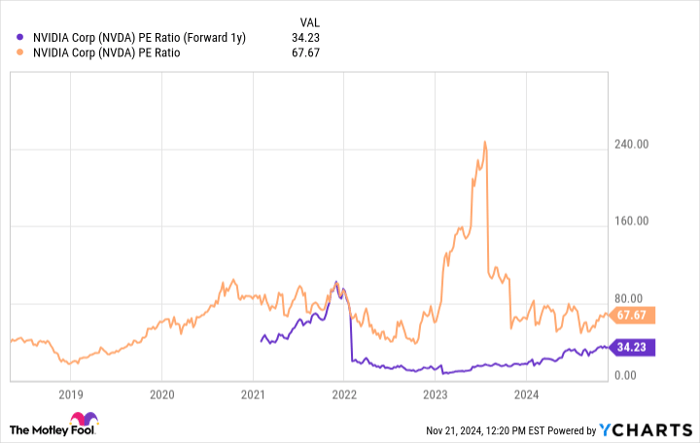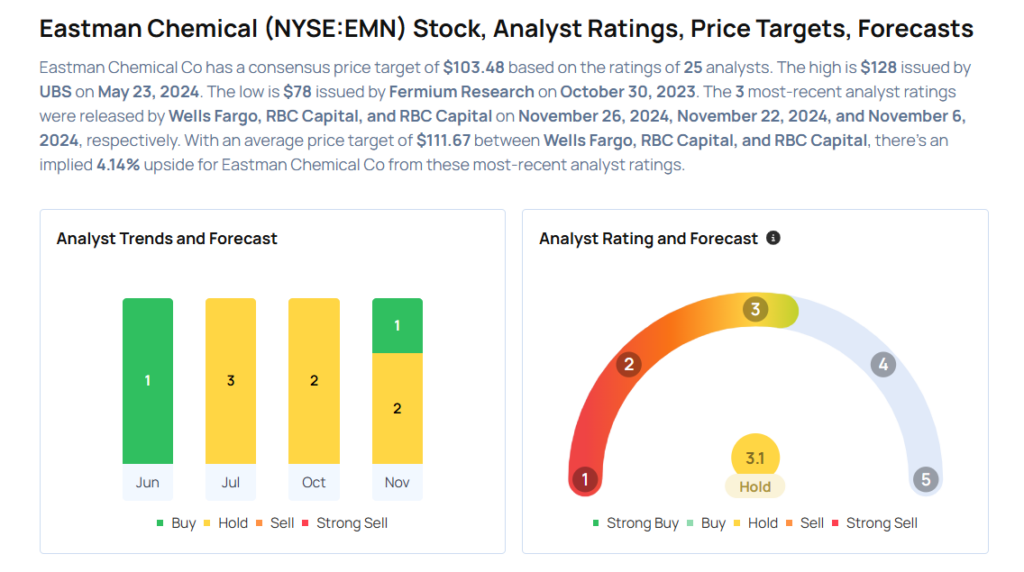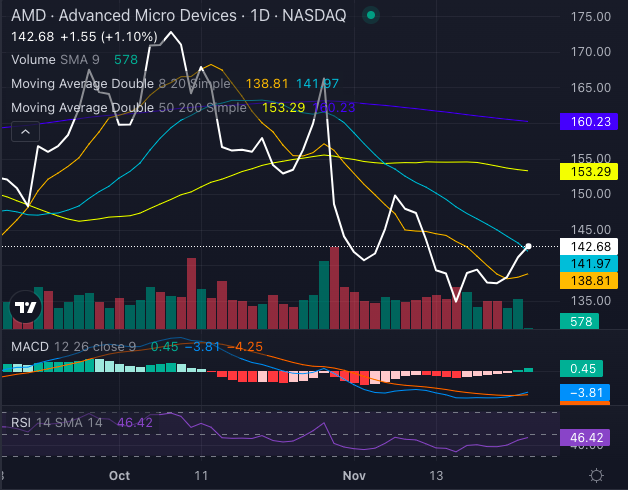Jeff Yass and Ken Griffin are in a league of their own. Yass is the co-founder and managing director at the global quantitative trading firm Susquehanna International Group, while Griffin is CEO of the massive “pod shop” hedge fund Citadel. Both billionaires have built financial empires and are quite skilled at their trade.
That’s why investors who want to follow their leads anxiously await the quarterly 13F filings, when hedge funds like Susquehanna and Citadel disclose to the Securities and Exchange Commission which stocks they held at the end of the preceding quarter. Funds must file their 13F forms within 45 days of the end of each quarter, and for Q3, that deadline was Nov. 14.
Citadel and Susquehanna took different approaches to leading artificial intelligence (AI) chipmaker Nvidia (NASDAQ: NVDA) in Q3: One of them sold shares (not an uncommon theme during the period) while the other firm piled in. Investors should understand that Susquehanna and Citadel are massive firms employing thousands of people and managing tens of billions of dollars, so Yass and Griffin don’t make every trade. But they lead their firms, make hiring decisions, and have a lot of oversight and influence.
Susquehanna sold 29% of its Nividia stake
Susquehanna sold 29% of its stake in Nvidia in the third quarter. The company also reduced its position in put and call options for the chipmaker. Yass hasn’t spoken publicly about his opinions on Nvidia, so we can only speculate about his reasons for selling, but I’m guessing it was more of a valuation call than doubt in the company’s ability to execute.
NVDA PE Ratio (Forward 1y) data by YCharts.
In general, the higher a valuation a company is trading at, the more impressive its results and catalysts have to be to persuade investors to push the stock price higher — and that’s true even for the best performers. Loftily valued Nvidia is a case in point: It recently reported solid third-quarter earnings that beat consensus analyst estimates and included year-over-year revenue growth of 94%. However, its guidance for the upcoming quarter did not impress and the stock fell slightly on the day after earnings. Extraordinary past successes can become a burden on a stock: The market’s expectations tend to go through the roof, and meanwhile, further growth is being measured against much higher baselines, making it tougher for a company to keep up the pace on a percentage basis.
Citadel increased its Nvidia stake by 194%
Citadel went big in the quarter, nearly tripling its stake in Nvidia. Generally, investors who are bullish on the GPU giant aren’t focused on the current valuation — they are looking at its prospects years and decades down the line. Most hedge funds don’t trade this way because they’re pursuing target goals in the 12- to 18-month range, but it’s also possible the Citadel team still thinks the stock has room to run.
On Nvidia’s quarterlyearnings call management said its new Blackwell architecture AI chips are “full steam ahead.” These latest model GPUs can handle AI computing loads in real-time with costs and energy usage 25 times lower than the company’s previous Hopper chips. They are also supposedly four times faster than the Hopper chips. Nvidia sent 13,000 Blackwell samples out in the third quarter and expects that its large customers will soon deploy the new chips at scale.
The Citadel team may think the AI stock rally can continue, given that the economy appears strong and that an incoming Trump administration and lower interest rates should be good for stocks. Additionally, some analysts have come out with new reports, reiterating their buy ratings on Nvidia and increasing their earnings projections. If Nvidia can continue to hold its current valuations then its stock should keep moving higher.
I’m personally more in the camp of Yass and Susquehanna, but most investors who have sold Nvidia have been wrong thus far, so it’s not surprising to see people continuing to buy the stock at its current levels.
Don’t miss this second chance at a potentially lucrative opportunity
Ever feel like you missed the boat in buying the most successful stocks? Then you’ll want to hear this.
On rare occasions, our expert team of analysts issues a “Double Down” stock recommendation for companies that they think are about to pop. If you’re worried you’ve already missed your chance to invest, now is the best time to buy before it’s too late. And the numbers speak for themselves:
- Nvidia: if you invested $1,000 when we doubled down in 2009, you’d have $368,053!*
- Apple: if you invested $1,000 when we doubled down in 2008, you’d have $43,533!*
- Netflix: if you invested $1,000 when we doubled down in 2004, you’d have $484,170!*
Right now, we’re issuing “Double Down” alerts for three incredible companies, and there may not be another chance like this anytime soon.
*Stock Advisor returns as of November 25, 2024
Bram Berkowitz has no position in any of the stocks mentioned. The Motley Fool has positions in and recommends Nvidia. The Motley Fool has a disclosure policy.




